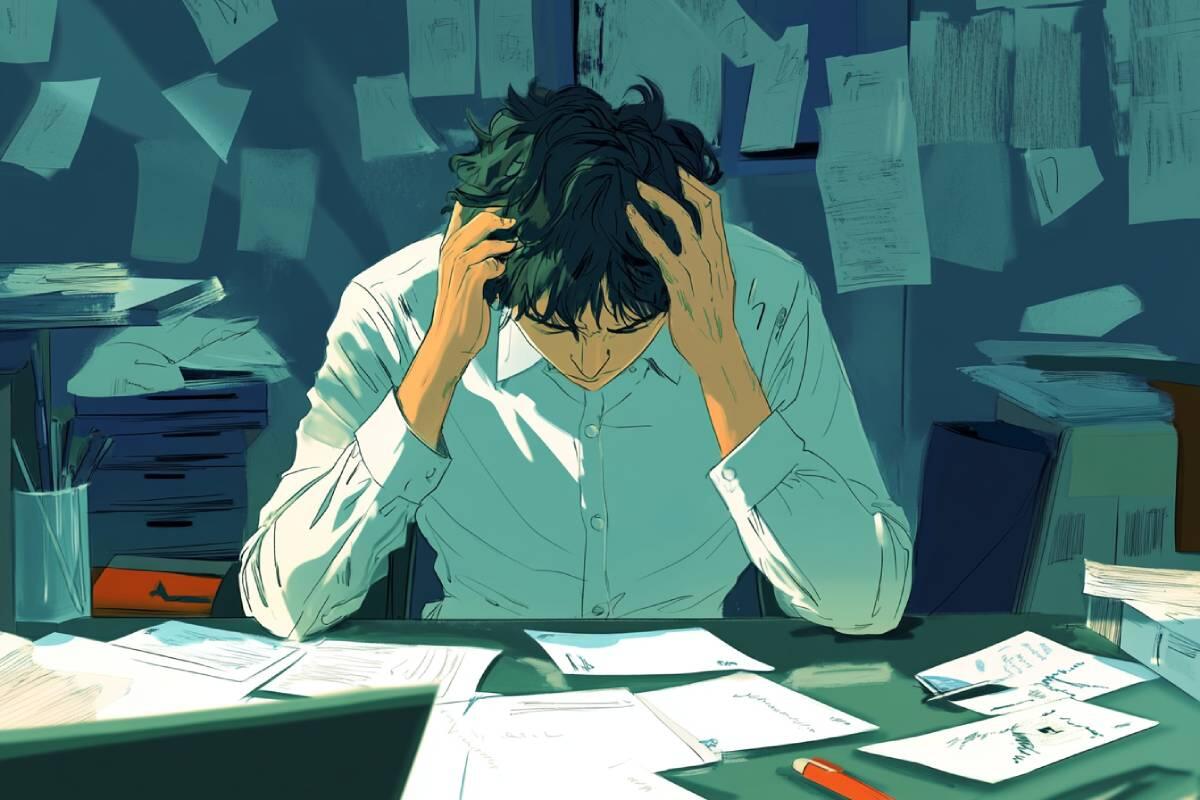Burnout and Anxiety: What’s the Difference and How to Treat Each One
In today’s fast-paced world, constant stress has led to a significant increase in cases of anxiety and burnout. Although often confused, these two issues have different causes, symptoms, and treatments.
This article explains the differences between burnout and anxiety, identifies their key symptoms, and presents the best treatment approaches to help you regain emotional balance.
What Is Burnout?
Definition of Burnout
Burnout is a syndrome related to physical and mental exhaustion, typically associated with the work environment. It is classified by the World Health Organization (WHO) as an occupational phenomenon resulting from chronic workplace stress that has not been successfully managed.
Main Symptoms of Burnout
- Extreme fatigue, even after rest.
- Feelings of inefficiency and low professional accomplishment.
- Lack of motivation, irritability, and withdrawal from work-related activities.
What Is Anxiety?
Definition of Anxiety
Anxiety is a natural response of the body to dangerous or stressful situations. However, when it becomes constant and disproportionate to the stimuli, it is classified as a disorder.
This issue can affect many areas of life, not just the workplace, compromising your overall quality of life.
Main Symptoms of Anxiety
- Excessive and constant worry, even without apparent reasons.
- Physical symptoms like rapid heartbeat, sweating, muscle tension, and insomnia.
- Intense fear or apprehension, difficulty concentrating, and recurring negative thoughts.
Key Differences Between Burnout and Anxiety
Origin and Causes
- Burnout: Directly linked to professional factors such as high demands, long working hours, and toxic environments.
- Anxiety: Can have multiple causes, including genetic predisposition, trauma, chronic stress, or unresolved emotional issues.
Distinguishing Symptoms
- Burnout: Predominantly extreme fatigue, lack of motivation, and aversion to work.
- Anxiety: Generalized worries, panic attacks, and more noticeable physical symptoms.
How to Treat Burnout?
Lifestyle Changes
- Establish clear boundaries between personal and professional life.
- Engage in relaxing activities like yoga, meditation, and regular exercise.
Psychological and Medical Support
- Cognitive Behavioral Therapy (CBT) is recommended to help reorganize thoughts and emotions.
- In severe cases, medication under psychiatric supervision may be necessary.
How to Treat Anxiety?
Anxiety Management Techniques
- Practice mindful breathing exercises and progressive muscle relaxation.
- Maintain a balanced routine with healthy eating and regular sleep.
Therapeutic and Medicinal Treatments
- Psychotherapy, especially CBT, is highly effective in managing anxiety.
- In more severe cases, anxiolytics or antidepressants may be prescribed by a specialist.
Conclusion
Although burnout and anxiety share some symptoms, their causes and treatment approaches are different. Early recognition of the signs and seeking professional support is essential to restore emotional well-being.
Taking care of mental health is just as important as maintaining physical health—never hesitate to reach out for support.
Are you experiencing signs of burnout or anxiety?
Schedule an appointment with our specialists at Clinic Consultation and receive personalized care to improve your quality of life.
Don’t postpone taking care of your mental health — contact us today and take the first step toward emotional well-being!
https://www.clinicconsultation.in/
